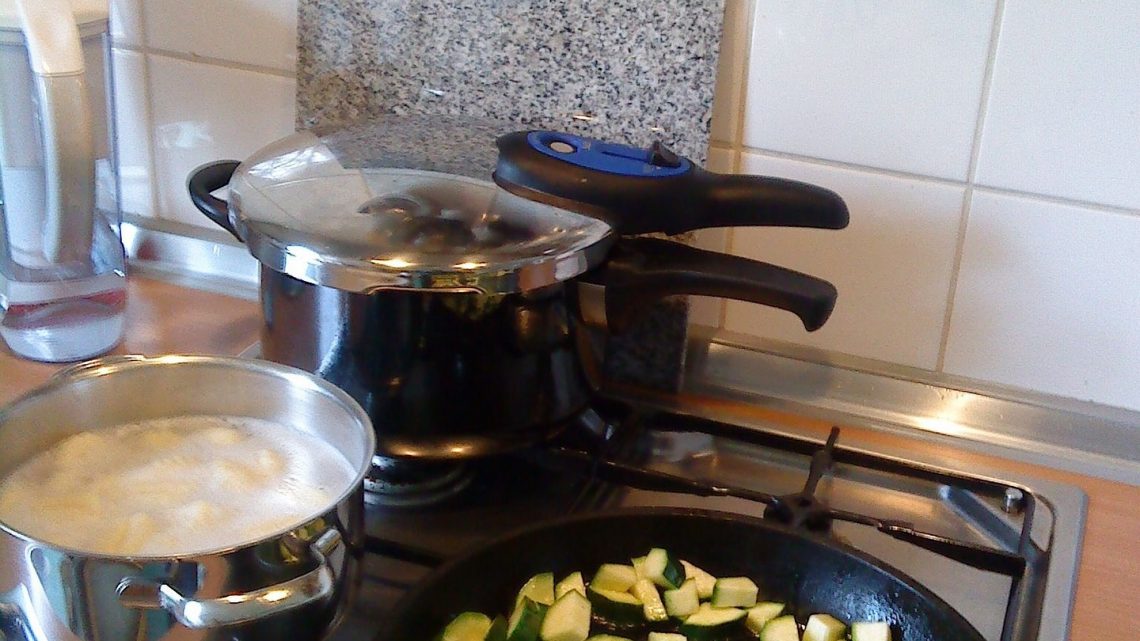Cooking for the first time with a pressure cooker? Though these convenient instant meal pots are a great way to get dinner on the table quickly, using them properly can be daunting to those who are inexperienced.
Luckily, modern pressure cookers are designed with a number of safety features to avoid any dangerous pressure cooker explosions. However, there are still several tips that will ensure that your culinary introduction to the art of pressure cooking goes smoothly.
Check Your Equipment
One of the most important things to check before you use your pressure cooker is the rubber gasket that lines the lid of the pot. Always make sure that this rubber isn’t dried out or cracked, as this will compromise the cooker. It is recommended to replace the gasket annually depending on how frequently you use the pressure cooker.
Put Enough Liquid in the Pot
Pressure cookers operate by using liquid to create enough steam to cook the food. If you decide to get creative and use your own recipe, make sure to add at least ½ cup of water or other form of liquid.
Do Not Attempt to Pressure Fry Foods
Though you may have seen online tutorials of how to fry foods using your pressure cooker, do not attempt to do this. Using any more than a very small amount of oil can be extremely dangerous and can potentially melt the rubber gasket or other parts of the pot.
Properly Release the Pressure from the Cooker
The majority of pressure cookers come with a quick release valve that needs to be open once the food is fully cooked. When using the quick-release method, ensure that you stay safe by keeping your hands, face and body away from the vent designed to release steam. When you open the cooker, there will be some remaining steam that will rise from the pot. When you open the pot, angle the lip away from you and hold it over the pan to avoid having any condensation drip on your body.
Clean Your Pressure Cooker
Wash the lid, gasket, and pot separately once you are done cooking your meal. When storing, make sure the lid is placed upside down on the cooker, instead of locking it in place.





No Comment